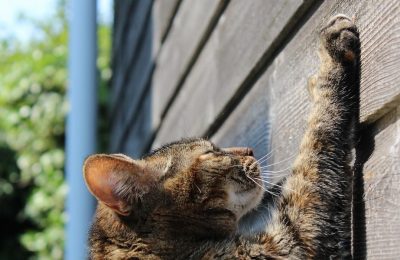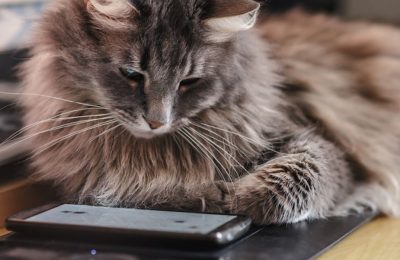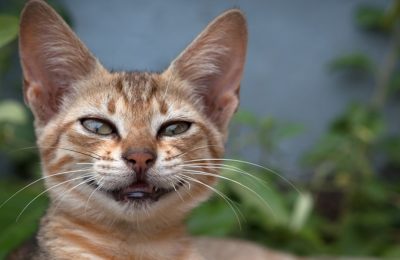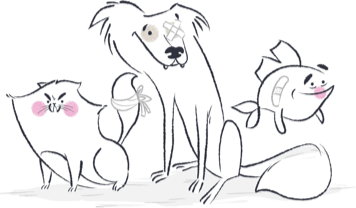All owners know that cats like to chat, whether that’s twittering around the house or miaowing loudly in the garden at night. Here’s a guide to what they’re trying to tell you.
our cat’s wide range of chirps, tweets and miaows are now seen to be far more complex than previously thought, with researchers believing cats are capable of communicating a variety of feelings and desires. The International Association of Animal Behaviourists’ most recent Feline Behaviour Conference even suggested that cats and have a distinct vocabulary for when talking to humans – and it’s not that hard to work out what they’re saying.
Recognise the sound
A common ‘meow’ is an all-purpose sound that can mean anything from ‘hello’ to ‘please’ to ‘don’t get any closer’. Gentle ‘chirps’ and ‘trills’ that cats typically make at home is how a mother cat tells her kittens to follow her. Aimed at us dear old owners, it normally means your cat wants you to follow them, usually to their food bowl for another refill. If you have more than one cat, you’ll often hear them converse with each other this way.
Purring is a sign of contentment in cat language, and cats purr whenever they’re happy, even while they’re eating. Sometimes, a cat may purr when they’re anxious or sick, using the purr as comfort, like a child sucking their thumb. Watch for this in association with any other out of character behaviour.
Growling, hissing or spitting indicates a cat who is annoyed, frightened, angry or aggressive (rather obviously). Best to leave this cat alone.
Yowls or howls (they sound like loud, drawn-out meows) coming from unneutered and unsprayed cats is part of mating behaviour (and is very annoying). A yowl or howl can also signal that your cat is in some kind of distress, perhaps stuck somewhere, looking for you or in pain. Older cats can be struck with cognitive disorders which can see them become disorientated and howl in this manner.
When your cat is sitting in the windowbox looking outside at birds or squirrels, they can often be heard chattering, chittering or twittering; making short, funny sounds. Some experts think that this is an exaggeration of the ‘killing bite,’ which occurs when a cat grabs her prey by the neck and works her teeth through the bones to snap them. Best to be on this side of the window, then.
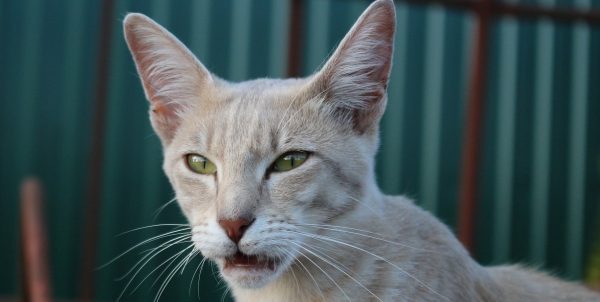
"This what I call the 'payback' purr"
Non-vocal language
When your cat rubs its chin and body against you, it’s an expression of love, right? of course? Sort of. What your cat is actually doing is marking their territory. You’ll notice that they also rub the chair, the door, toys, everything in sight. Your cat is telling everyone that this is his stuff, including you. But they probably do love you, too.
When your cat works their paws on a soft surface as if it they’re kneading bread dough, he is letting you know that he’s really happy. It’s a holdover from kittenhood, when a nursing kitten massaged her mother’s teats to make milk flow.
The Flehmen response is when your cat takes big gulping inhalations while rubbing up against you. Cats have an extra olfactory organ that very few other creatures have: the Jacobson’s organ. It’s located on the roof of their mouths behind their front teeth and is connected to the nasal cavity. When your cat gets a whiff of something really fascinating, they open their mouths and inhale so that the scent flows over the Jacobson’s organ. This intensifies the odour and provides more information about the object they’re sniffing. What cats do with this information, well, we’ll never know.
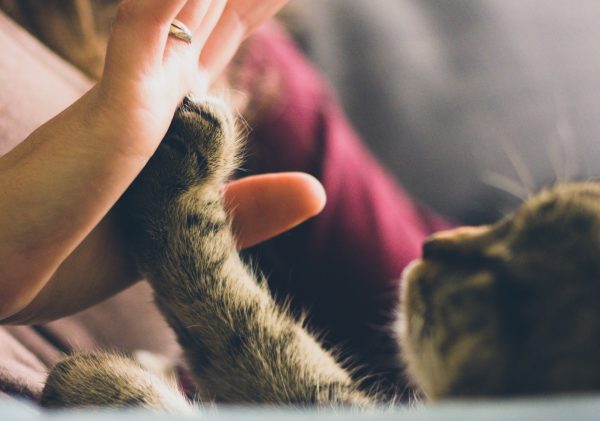
"Yay me, I went in the kitty litter this time "



